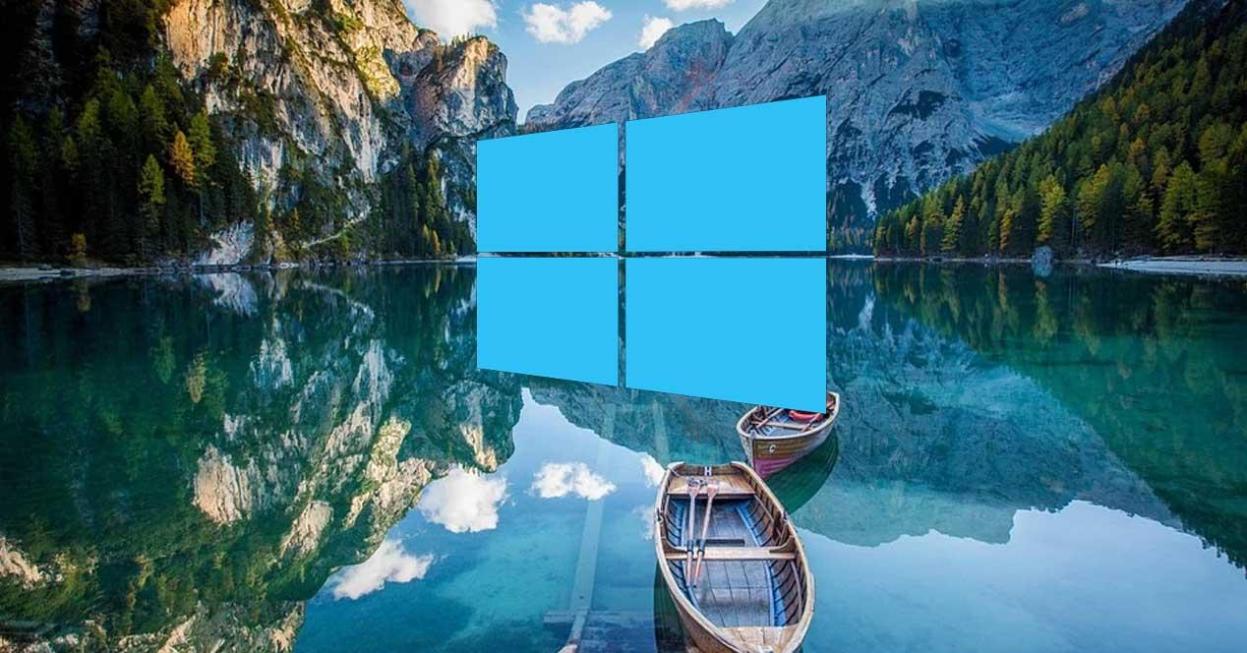How Can I Use Command Prompt to Create and Manage Batch Files?
Batch files are text files containing a series of commands that are executed by the Windows command prompt. They are a powerful tool for automating tasks, simplifying complex commands, and organizing your work. This article will guide you through creating, managing, and utilizing batch files effectively.

Defining Batch Files And Their Purpose
Batch files, also known as batch scripts, are plain text files with the .bat extension. They contain a series of commands that are executed sequentially when the file is run. Batch files are particularly useful for automating repetitive tasks, streamlining complex command sequences, and creating custom shortcuts.
Benefits Of Using Batch Files For Automation
- Efficiency: Batch files can automate repetitive tasks, saving time and reducing the risk of errors.
- Simplicity: Batch files use simple commands, making them easy to understand and modify.
- Customization: Batch files can be tailored to specific needs and preferences.
- Portability: Batch files can be easily transferred between computers running Windows.
Brief Overview Of The Structure Of A Batch File
A batch file typically consists of the following elements:
- Commands: These are the instructions that the batch file will execute.
- Labels: These are used to mark specific locations within the batch file for branching and looping purposes.
- Comments: These are lines that begin with a semicolon (;) and are used to provide additional information or explanations within the batch file.
Creating Batch Files
Steps Involved In Creating A Batch File
- Open a Text Editor: Use a simple text editor like Notepad or a more advanced one like Notepad++.
- Enter the Desired Commands: Type the commands you want the batch file to execute, one command per line.
- Save the File with a .bat Extension: Choose a suitable name for the batch file and save it with the .bat extension.
Managing Batch Files
Various Ways To Manage Batch Files
- Running Batch Files from the Command Prompt: Navigate to the directory where the batch file is located and type its name followed by Enter.
- Scheduling Batch Files to Run Automatically: Use the Windows Task Scheduler to set up a schedule for the batch file to run at specific times or intervals.
- Using Batch Files as Shortcuts: Create shortcuts to batch files on your desktop or in the Start menu for easy access.
- Troubleshooting Common Batch File Issues: Check for syntax errors, incorrect commands, and proper file permissions if the batch file is not working as expected.
Common Batch File Commands
List Of Commonly Used Batch File Commands
- echo: Display text on the console.
- pause: Pause the execution of the batch file.
- if: Execute commands based on conditions.
- goto: Jump to a specific label within the batch file.
- call: Call another batch file from within the current batch file.
Advanced Batch File Techniques
Exploring Advanced Techniques For Creating More Complex Batch Files
- Using Variables to Store Data: Store data in variables for use within the batch file.
- Performing Calculations within Batch Files: Use batch file commands to perform simple calculations.
- Handling Errors and Exceptions: Implement error handling to gracefully handle unexpected situations.
- Creating Batch File Menus: Create interactive menus within batch files for user input.
Batch files are a versatile tool for automating tasks, simplifying complex commands, and organizing your work. By understanding the basics of creating and managing batch files, you can harness their power to streamline your workflow and improve your productivity. Experiment with batch files, explore their potential, and discover the many ways they can enhance your Windows experience.

YesNo

Leave a Reply